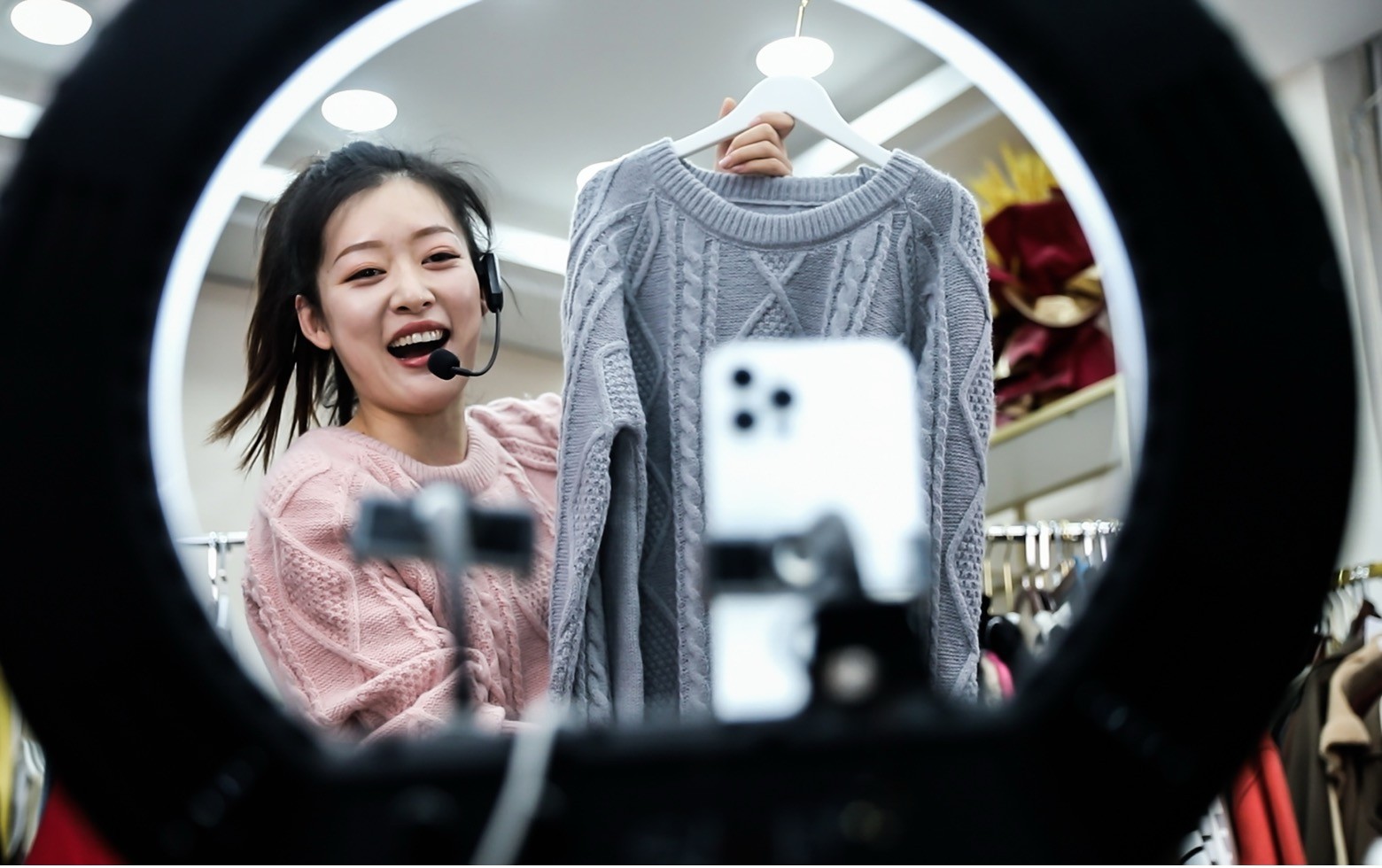Welcome to the Great Luxury Price Level-Up
The world’s most powerful handbags are getting a global reality check.
A new report from Bernstein and DataBoutique.com, titled “Global Luxury Goods: Dior’s Narrow Price Gaps (3Q25 Price Gaps)”, just dropped - and it’s rewriting what we thought we knew about the international luxury game.
The study tracks the weekly handbag prices of six major brands - Burberry, Chanel, Dior, Gucci, Louis Vuitton, and Prada - across key global markets through the third quarter of 2025.
The big takeaway? Price gaps are shrinking fast. The old trick of flying to Paris to save hundreds on that bag? Basically over.
Price Gaps Around the World Are Closing, Especially in Japan
Data from DataBoutique shows that handbags from these six brands are slowly reaching global price alignment.
Here’s the breakdown:
Japan saw the biggest change. The gap narrowed by 4.6 percentage points, landing just 2 % above French prices.
The UK followed, narrowing 3 points to 3 % higher.
China dropped 2.9 points to 15 % higher.
The U.S. tightened by 1.8 points, now 8 % above France.
The main driver? A stronger Euro, which appreciated 2–5 % against major currencies in Q3 2025 and is up 5–6 % year-on-year.
Meanwhile, the U.S. Dollar has stayed mostly stable in Q4 so far, while the weaker Yen actually widened the Japan-France gap a touch after September.
Fewer Tourists, Fewer Shopping Sprees
Here’s where it stings for Europe’s luxury boutiques: that stronger Euro has made shopping in France more expensive for American and Chinese tourists.
What used to be a clever “buy it cheaper in Paris” move is losing its shine. The Euro’s rise (and the USD + CNY’s relative weakness) means those dream Paris shopping trips don’t deliver the same savings.
Pre-earnings data suggests this shift will hurt Q3 2025 results for luxury brands in Europe and Japan, as tourist spending stays soft.
Dior Pulls Off What Everyone Else Couldn’t: Global Price Parity
The headline-grabbing detail? Dior’s handbags in Japan and the U.S. are now cheaper than in France.
DataBoutique’s Q3 2025 figures show Dior’s Japanese prices are 5 % lower than French ones. Bernstein’s weekly handbag tracking backs it up - one Dior model was 4 % cheaper in Japan (FX-adjusted, as of late September).
In short, Dior’s global pricing is now basically level.
By comparison:
Louis Vuitton and Gucci keep prices in the U.S. and China 10 %+ higher than in France.
Burberry and Prada also hold price gaps above 10 % between Europe and Asia.
Chanel, despite its “uniform global pricing” PR push, still sells handbags 12 % cheaper in Japan and 7 % cheaper in the U.S.
So while everyone else is talking global alignment, Dior’s already done it.
Dior’s Price Play Was Careful, Not Random
After facing pushback from shoppers over sharp post-pandemic price jumps, Dior went slow and steady in 2025.
In H1 2025, Dior raised prices just 1.7 % in France, 2.3 % in China, and 2.4 % in the U.S., with no hikes in the UK or Japan.
By comparison, Hermès raised its prices by a far bolder 4–10 % during the same period.
Then, at the end of September, Dior nudged prices another 2–3 % higher in Japan, China, and the U.S.
This wasn’t a victory lap for skyrocketing demand - it was a defensive move against currency swings. The increases came right before the debut of Jonathan Anderson’s first womenswear collection for Dior and applied to the new product shipments.
Still, these carefully timed bumps are expected to boost Dior’s organic growth over the next 12 months - assuming Anderson’s creative magic keeps the momentum rolling.
The Bigger Picture: Why Price Parity Matters
Bernstein’s analysts make a subtle but crucial point: narrowing price gaps change how customers think about luxury.
If every city sells the same bag for roughly the same price, shoppers stop hunting for the cheapest spot and start valuing consistency and trust.
That shift hits the heart of brand identity. It means pricing strategy isn’t just about math, it’s about emotion, perception, and how evenly a brand treats its global fans.
In other words, Dior isn’t just aligning prices. It’s re-defining value.
Appendix: Bernstein's weekly handbag price tracking table for the six luxury brands.

The Bottom Line
The latest data confirms what fashion insiders have felt all year:
Price gaps are tightening.
The Euro’s muscle is reshaping tourist patterns.
Dior’s smart restraint is paying off, both financially and symbolically.
Meanwhile, Louis Vuitton, Gucci, Chanel, Prada, and Burberry are still managing wider gaps, and wider perceptions.
As Dior edges toward full price parity, one thing’s clear: the old “fly-to-Paris-and-save-€500” hack is over.
The new luxury rule? Same bag. Same brand. Same price.
And right now, Dior’s the one setting that standard.


